Can We Prescribe Art the Way We Prescribe Exercise?
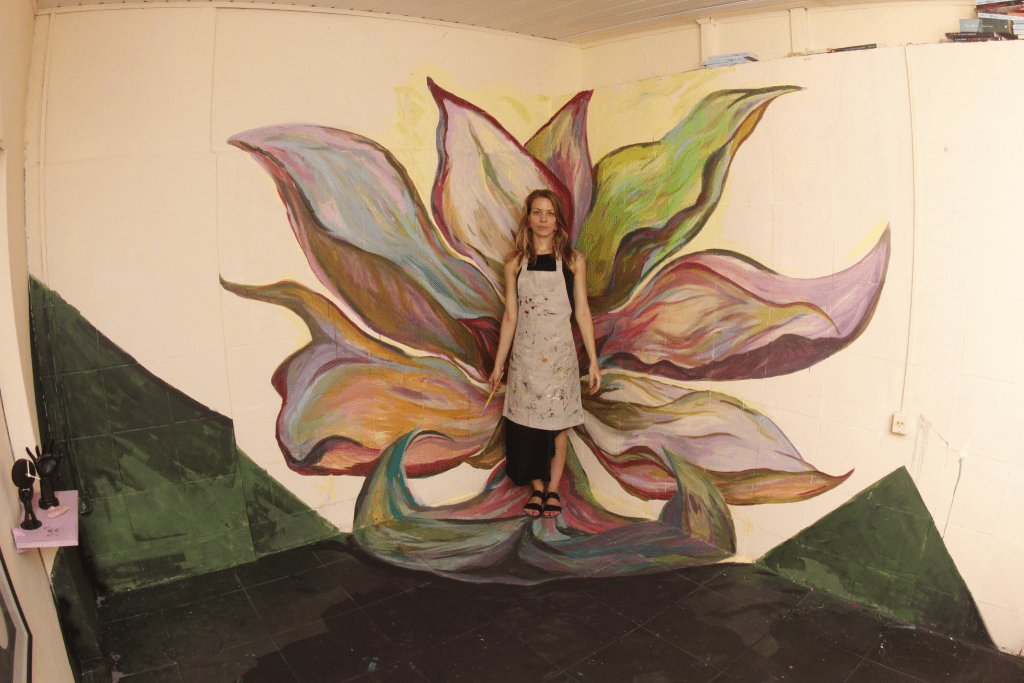
This interview sits at the crossroads of art and mental health, guided by Brazilian psychologist, psychoanalyst, and visual artist Bruna Gazzi Costa. With a masters in Social Psychology and Psychoanalysis and a foundation in Visual Arts, Bruna treats creation as a practice of care. She discusses bringing the consulting room out of isolation and into collective studio spaces, where presence, affection, and languages that slip past strict rational speech can be explored. From her base in Florianópolis, she paints, sculpts, teaches, and leads immersive workshops and mentoring sessions, shaping a life in which creativity functions as a form of medicine.
Bruna walks us through the moment that set her path in motion. She relocated her psychology practice to Barraco Cultural in Porto Alegre, a shared gallery featuring fashion, architecture, design, and ceramics under one roof. There she founded Espaço Bloom, offering therapy sessions, study groups, and workshops in the same environment where ideas were constantly traded. That setting gave her painting new force and made collaboration part of how care could look in the real world.
Inside the studio, her process is steady and forgiving. She describes the familiar stage when a work feels like it will not come together, and how painting invites you back again and again. She shares a lesson from a professor that serves as a compass for her decisions on the canvas. When the eyes move through a piece fluidly, leaping from place to place without getting stuck, the work is on the right track. Acrylics on canvas or walls are her primary tools, although she follows her curiosity into other materials whenever texture and form call for it.
The conversation also offers insight into how she navigates her practice. Art is a pillar of her health. She paints when she is at ease, when she is anxious, and when expression is needed. It strengthens her as a clinician and helps her feel present in a way that talk alone cannot reach. Community matters here as well. Staying close to other makers offers a sense of belonging and a fast-moving exchange of curiosity and inspiration.
Looking ahead, Bruna lays out a clear agenda. She wants the fields of mental health and art to be more closely integrated in everyday practice, not just in theory. That means therapy sessions in galleries and museum visits are written into mental health prescriptions. It challenges the traditional boundaries of each field and suggests new pathways for care that extend beyond the established framework. We finish the interview with a straightforward call to action for readers and aspiring makers alike. Create to exist. Trust the process and your rhythm. Let experimentation and so-called failures become part of your growth, the same way sleep, nutrition, and exercise are part of your wellbeing.
What we learn from Bruna is practical and immediately usable. A studio can be a clinic. A gallery can be a place to heal. A painting session can steady a mind. Community accelerates progress. And a simple test for when a work is working can support decision-making without fuss. This interview is about that larger shift, and about a practitioner who uses both psychology and paint to make it feel attainable.
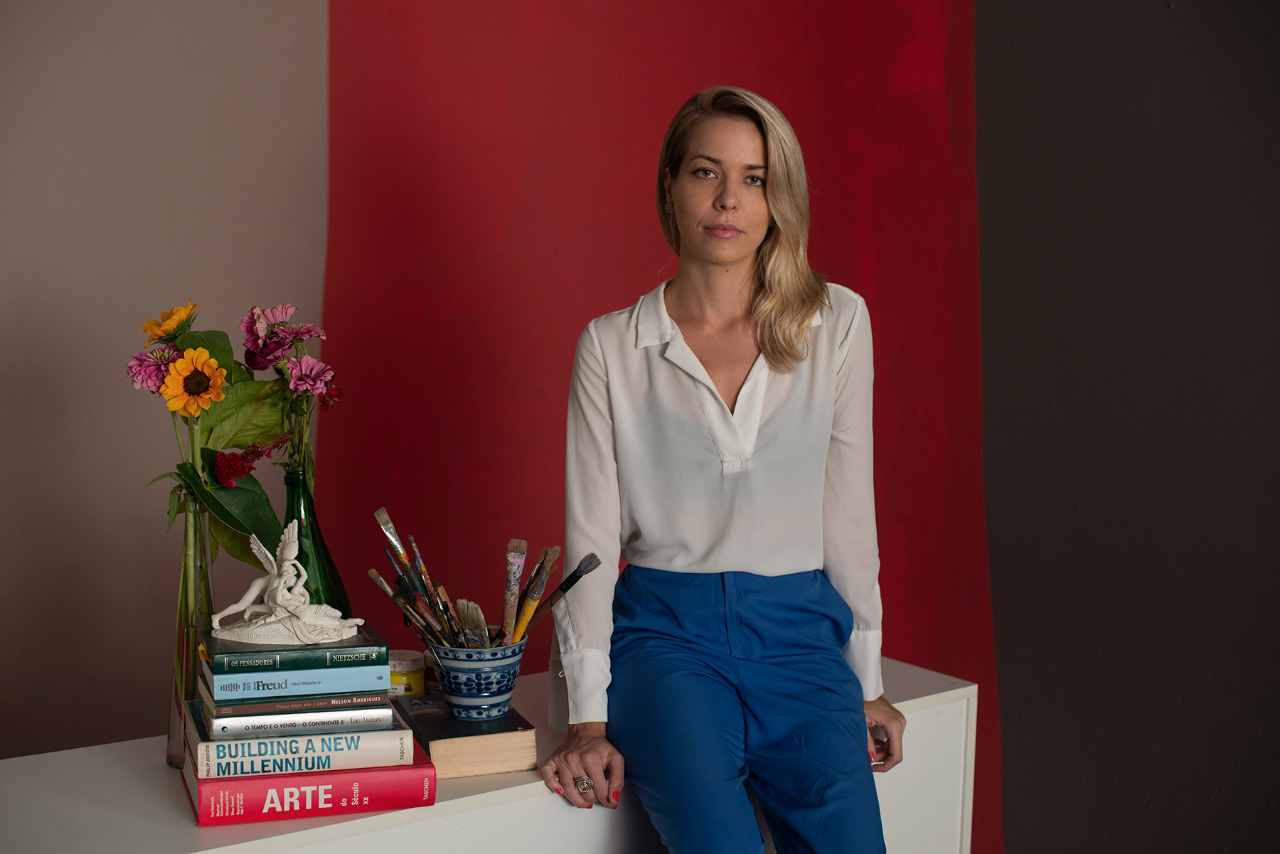
Art has always been a central pillar in my life, particularly in terms of my mental health. I am a Brazilian psychologist, psychoanalyst, and visual artist. I hold a Master’s degree in Social Psychology and Psychoanalysis, and I completed much of my undergraduate studies in Visual Arts. My practice weaves together art, health and care, exploring presence, affection, and languages that escape rational discourse. I seek to move the consulting room out of isolation and bring it closer to collective studio spaces. In my work, I employ a mixed technique of painting and sculpture to explore what cannot be spoken, creating sensitive experiences that engage with mental health, self-knowledge, and creation as a way of being. I live in Florianópolis, SC, Brazil, where I also dedicate myself to courses, immersive workshops, and mentoring, while cultivating a lifestyle like medicine.
1. How did you get started in your art career?
My significant step — the one that led to my birth and growth within the arts — was when I decided to establish my psychology practice within a collective art gallery called Barraco Cultural (Porto Alegre, RS, Brazil), stepping out of the usual isolation of traditional consulting rooms. In that space, artists from diverse fields, including fashion, architecture, design, and ceramics, were represented. There, I created Espaço Bloom, where I carried out therapy sessions, study groups, and workshops. In this environment, the collective inspiration nourished everyone, allowing me to participate in projects that profoundly encouraged my painting practice.
When our eyes dance across the painting, leaping from one place to another in a fluid way, that’s when you know it is working.
Bruna Gazzi Costa
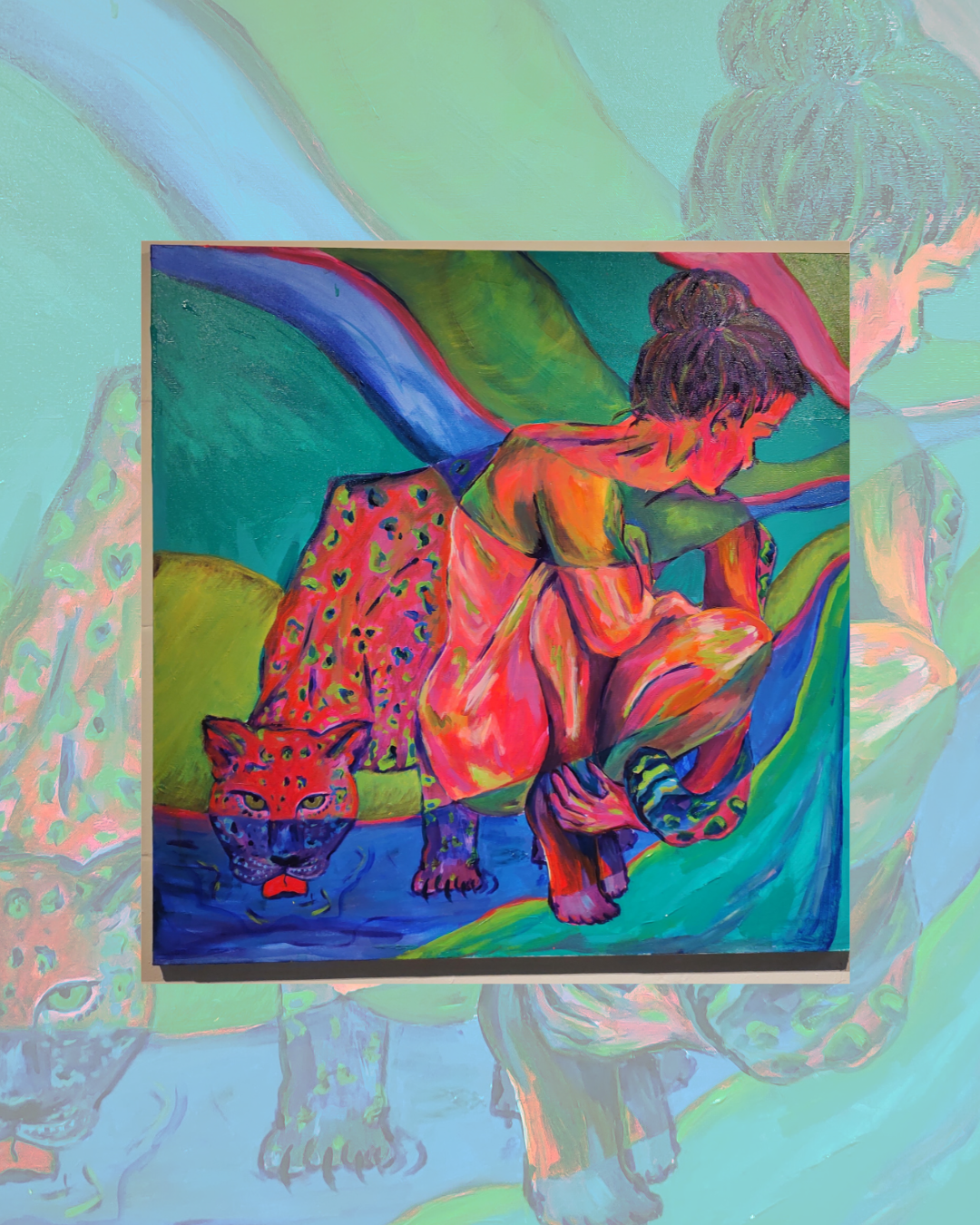
2. When you’re creating something new, what makes you pause and say, This is working?
Along the way, there is always a moment when it feels like things won’t work out. But painting carries something special, it is always alive! It is always possible to return to it and continue. This is one of the qualities I love most, because it allows me to pour my emotions onto it without the pressure of immediate perfection. As I once learned from a painting professor during my undergraduate studies: “When our eyes dance across the painting, leaping from one place to another in a fluid way, that’s when you know it is working!”
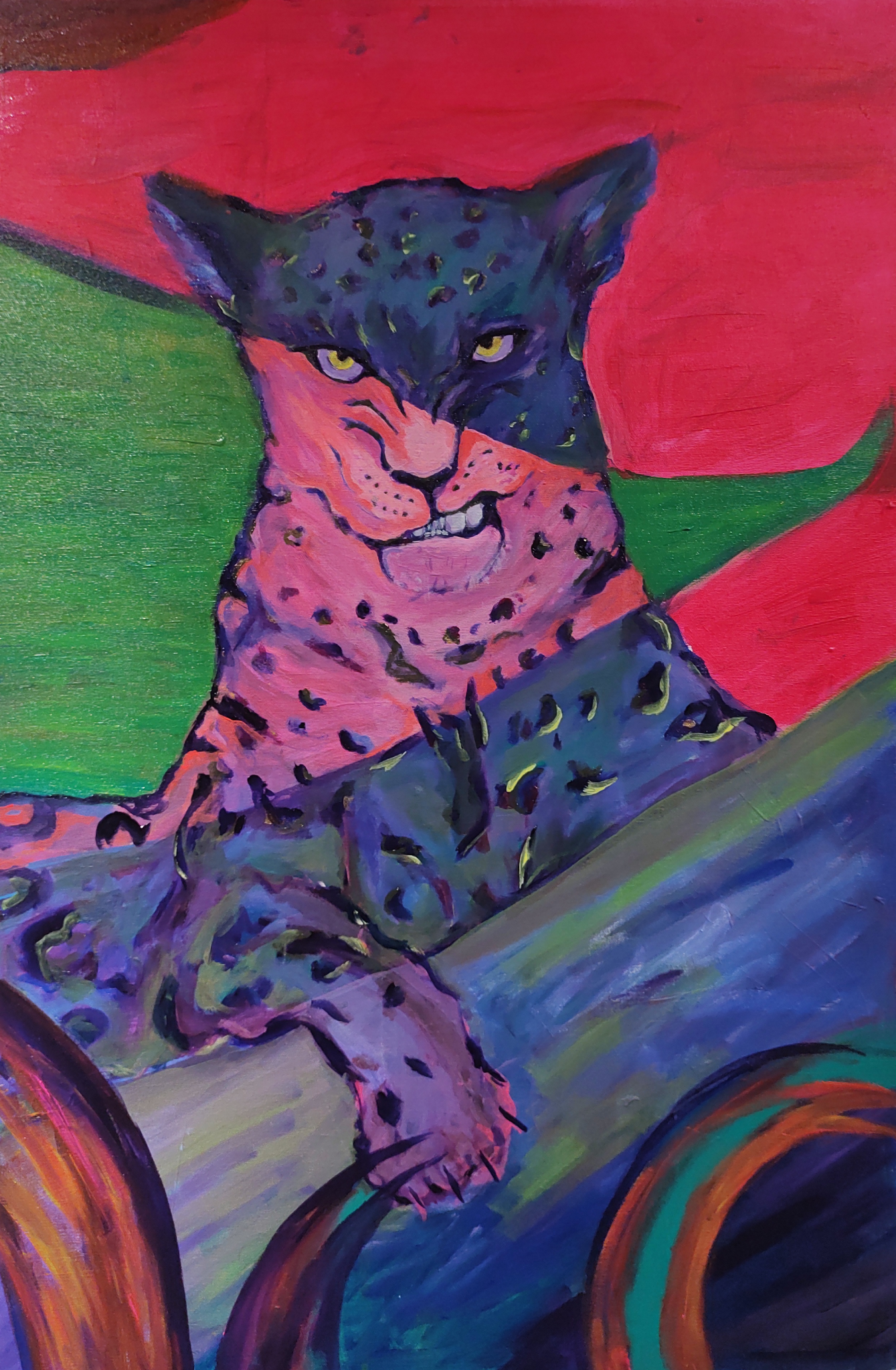
3. How do you balance your personal life with your art career?
Art, for me, is a pillar of health, and especially of mental health. I paint when I am happy, when I am anxious, or when I need to express myself. It brings a sense of building my identity and existence, which strengthens me in my work as a psychologist. It is art that allows me to feel truly present in an authentic way. Besides that, being close to other artists is extremely important. The sense of belonging and the contagious flow of curiosity and inspiration are immediate and nourishing.
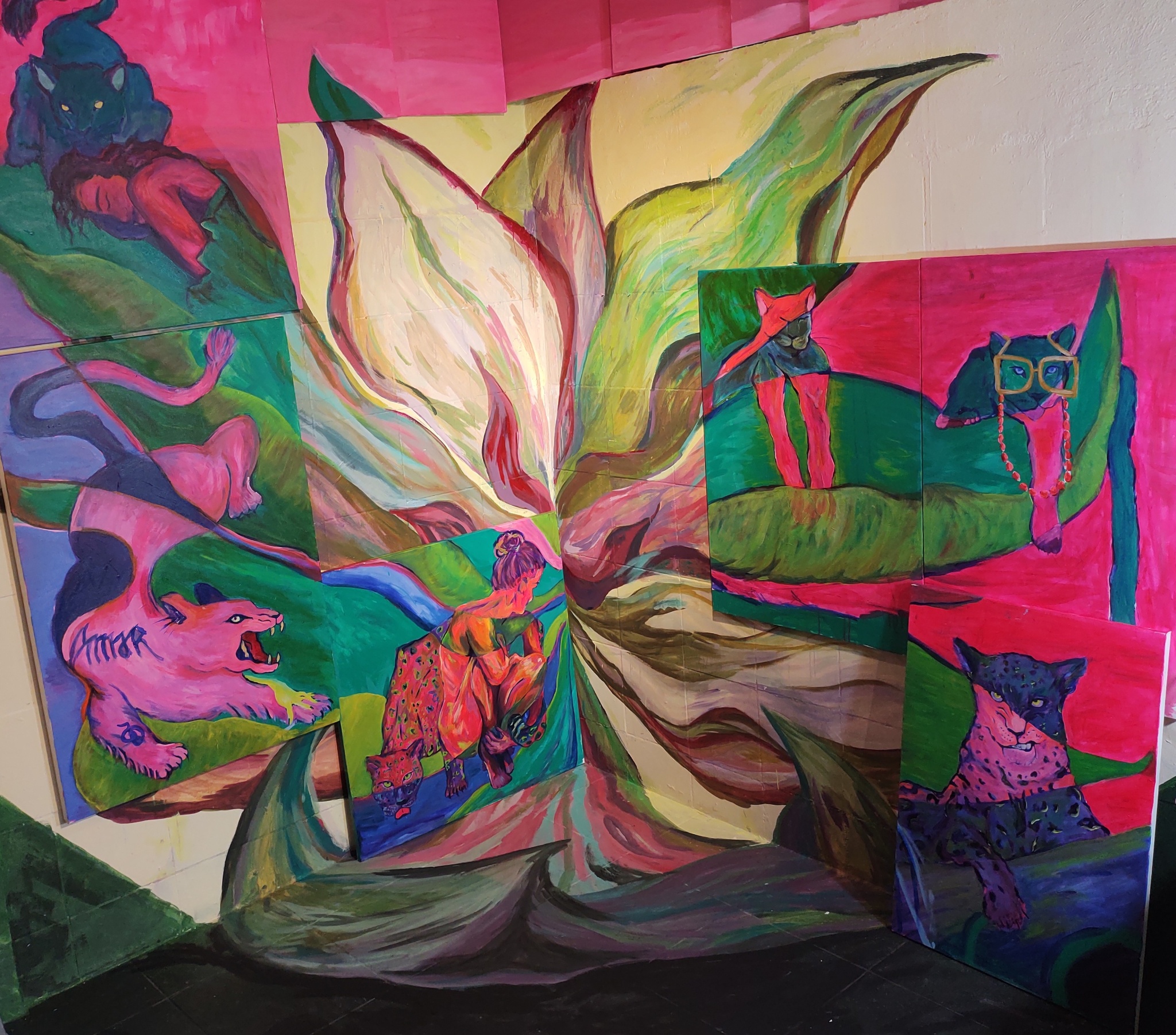
4. How do you envision the future of your art and its impact on the world?
I believe that bringing the fields of mental health and art closer together is one of the most distinctive aspects of my work. I strive to keep this dialogue alive not only in theory but also in practice, for example, by bringing therapy sessions into galleries or suggesting museum visits as part of mental health prescriptions — it breaks and transcends the traditional boundaries between these areas. I believe this is my most significant contribution that goes beyond the paintings themselves.
Create to exist, not just to be seen, but to fully live.
Bruna Gazzi Costa
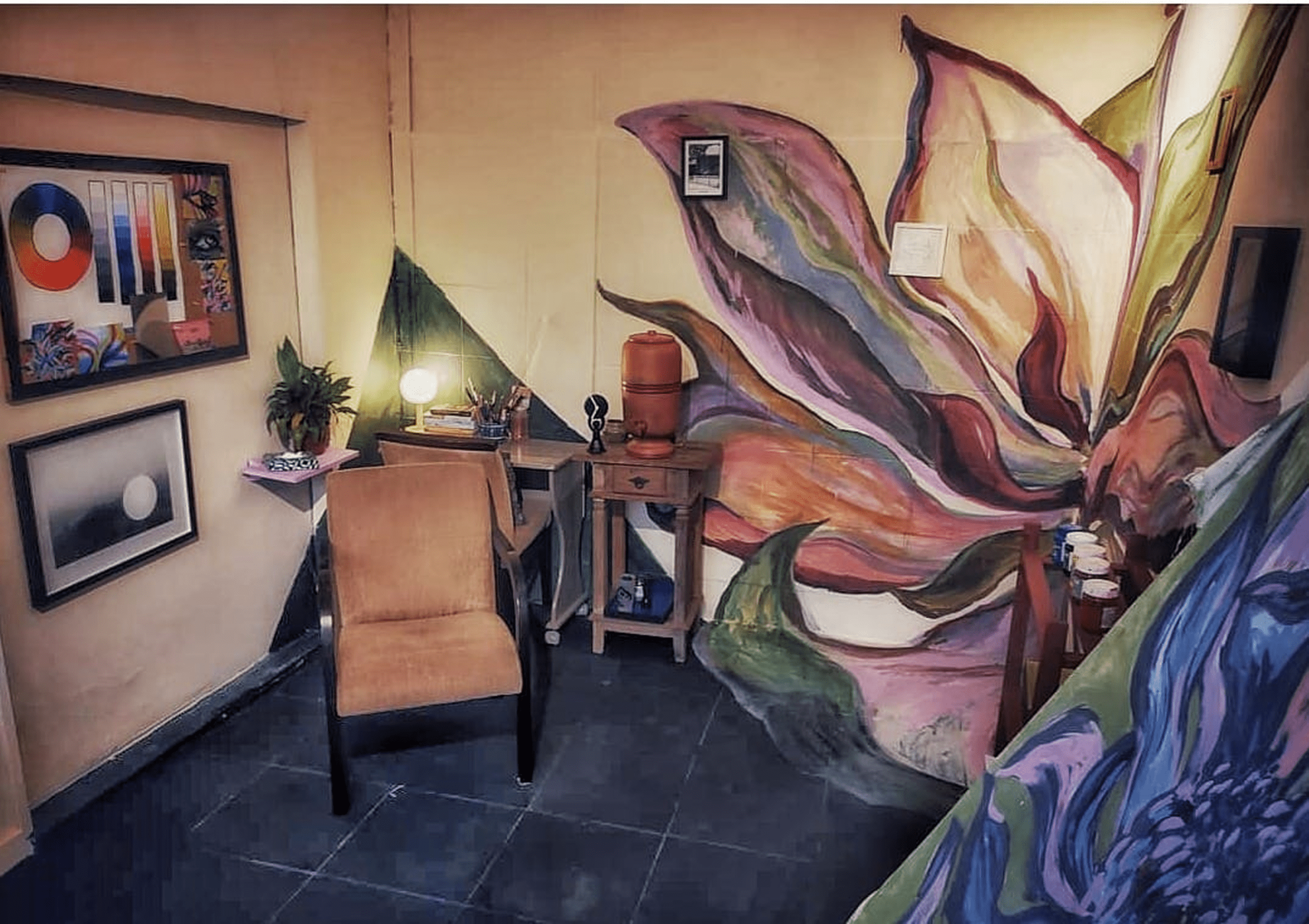
5. What mediums and techniques do you primarily work with?
I mainly work with acrylics on canvas or walls, yet I allow my curiosity to guide me toward other materials, exploring textures and forms as they call to me.
6. Do you have any parting words of wisdom for our readers or aspiring artists?
I would say to aspiring artists and readers alike: Create to exist, not just to be seen, but to truly live! Trust the process and honour your own rhythm. Art is not just about the finished work, it is about presence, exploration, and allowing yourself to feel deeply. Embrace curiosity, let your emotions flow without judgment, and remember that every mark, every experiment, every failure is part of your growth. Let creation become part of your existence and identity, a pillar of health as essential as nutrition, sleep, and physical exercise. Above all, create not just to be seen, but to exist entirely, authentically, and in dialogue with yourself and the world around you.
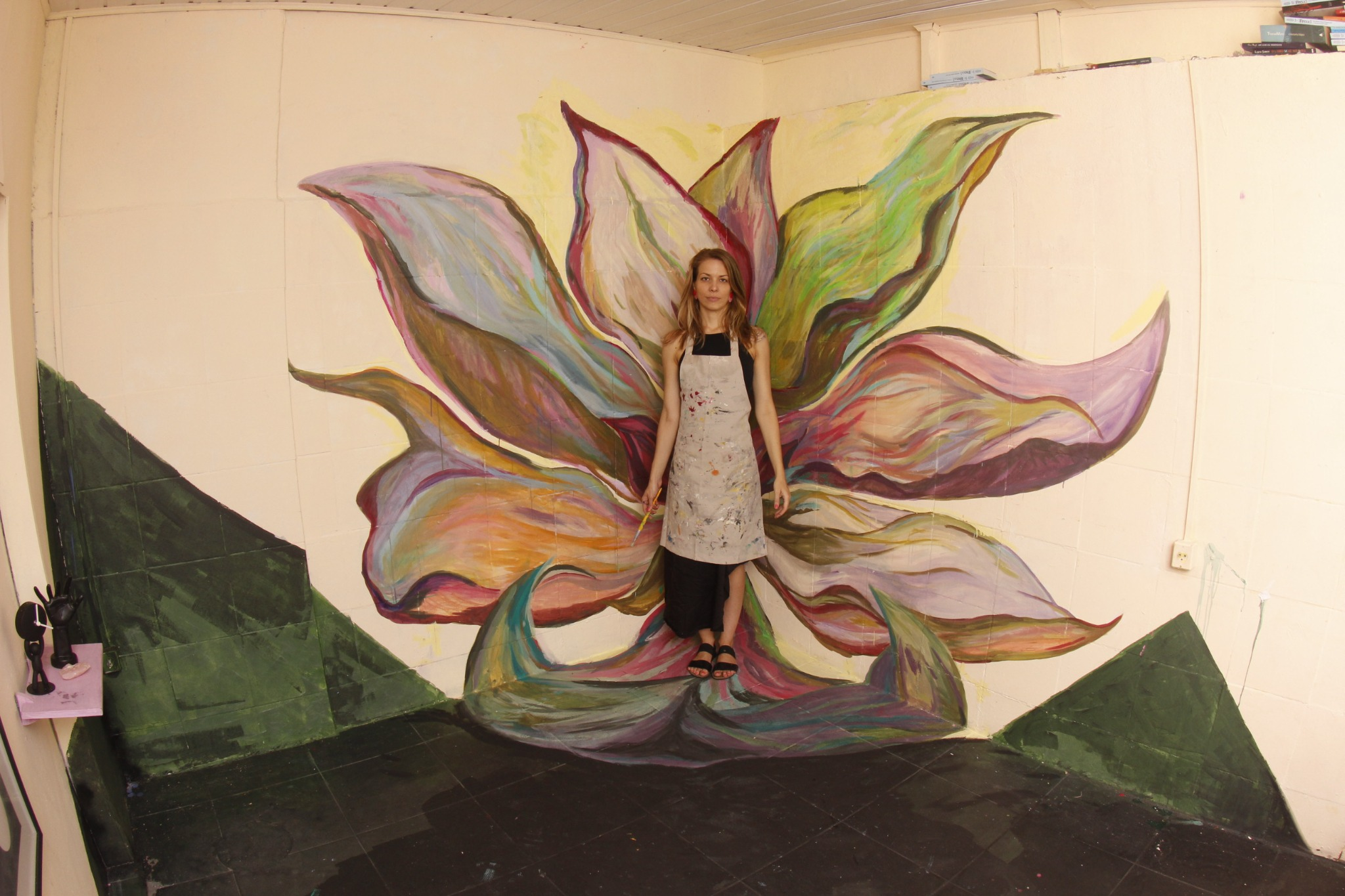
Bruna Gazzi Costa’s work is about giving shape to what cannot easily be spoken. Through painting, sculpture, and her fusion of therapy with collective creative spaces, she shows how art can serve as a practice of health, presence, and care.
From moving her consulting room into a gallery to building communities where creation and healing overlap, her journey highlights the value of curiosity, process, and belonging. What we take from her path is a model where art is not a separate pursuit but a way of living, grounding, and engaging with the world.
To learn more about Bruna, visit the links below.
